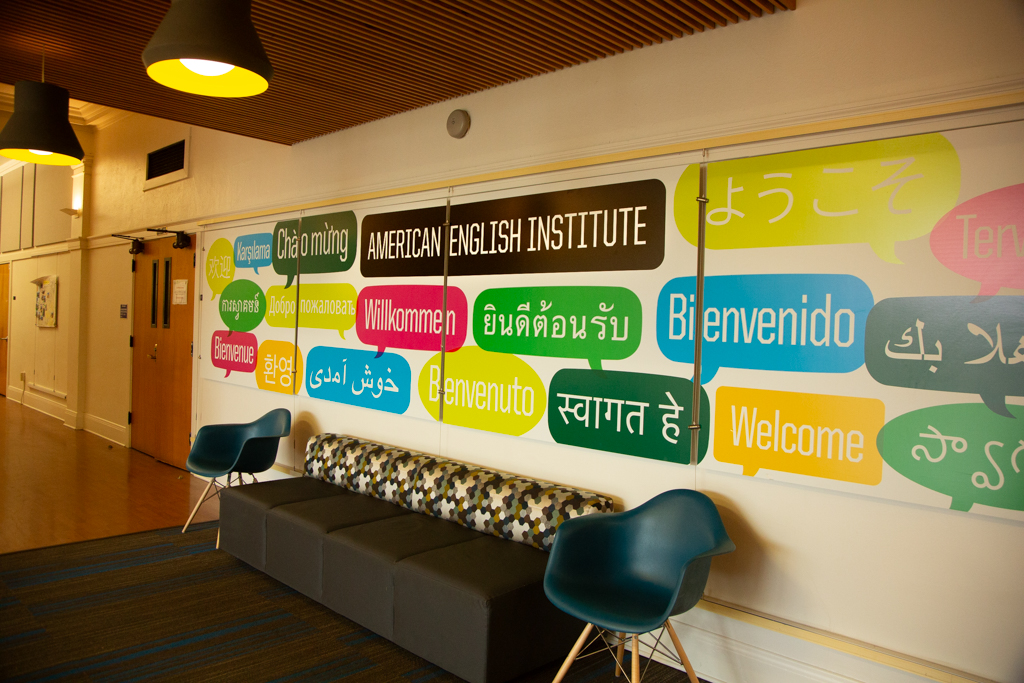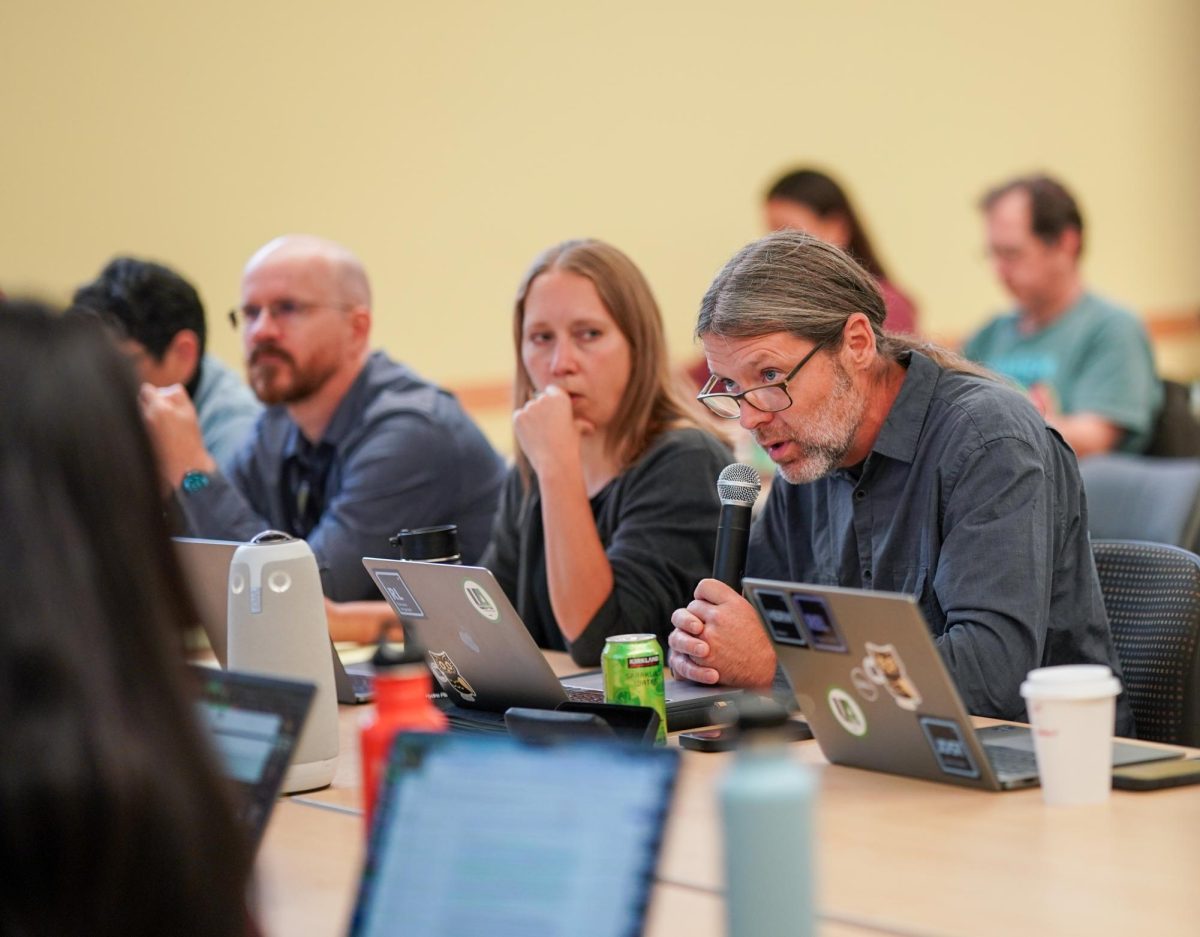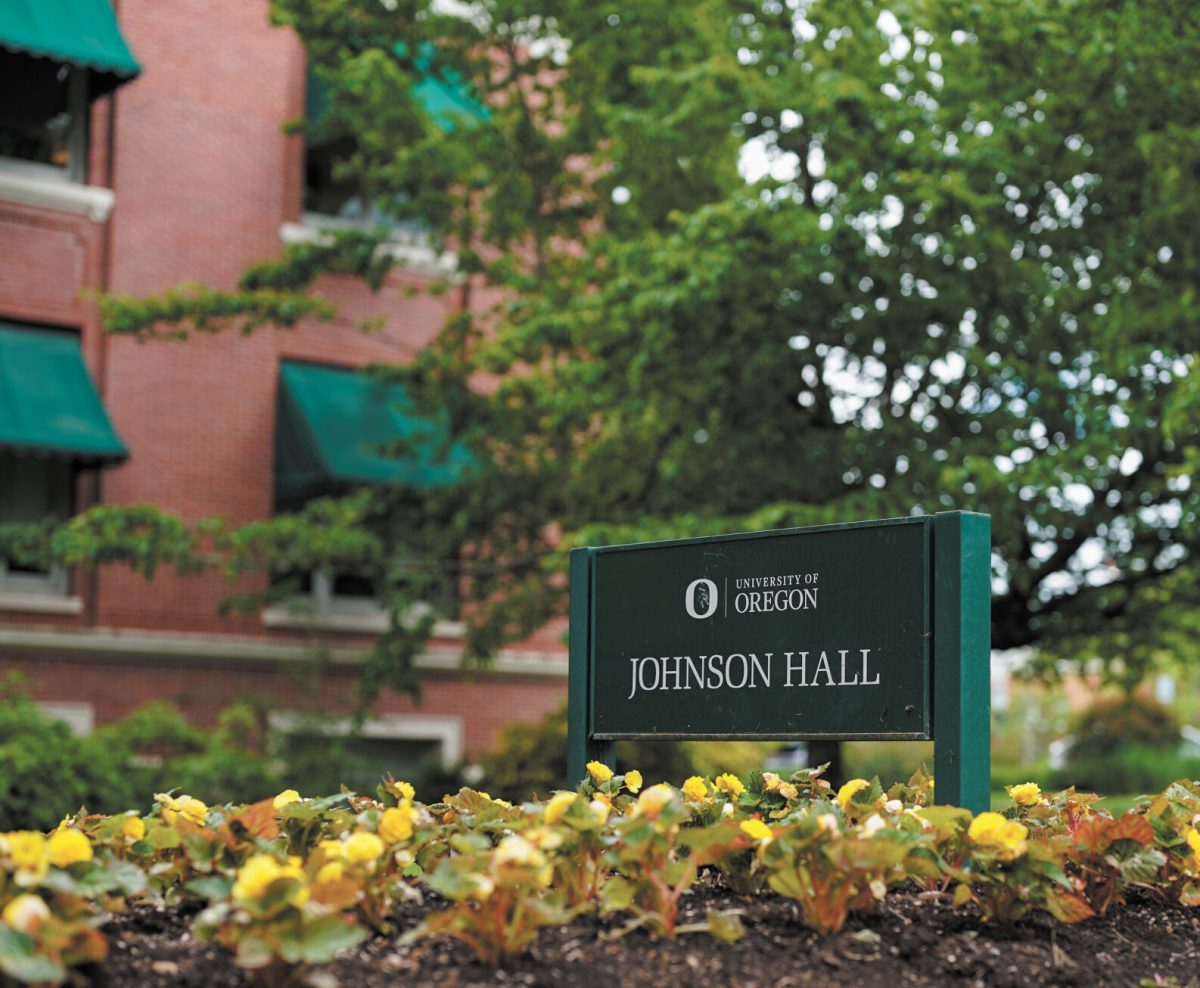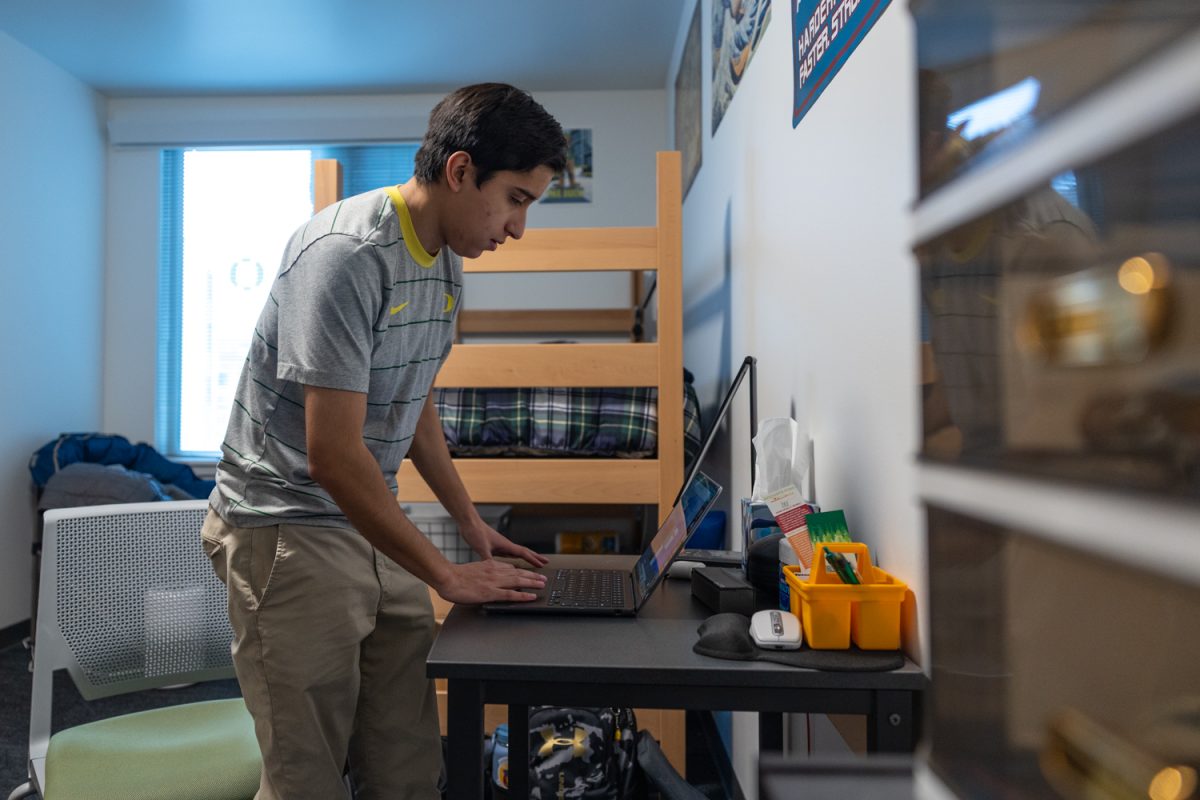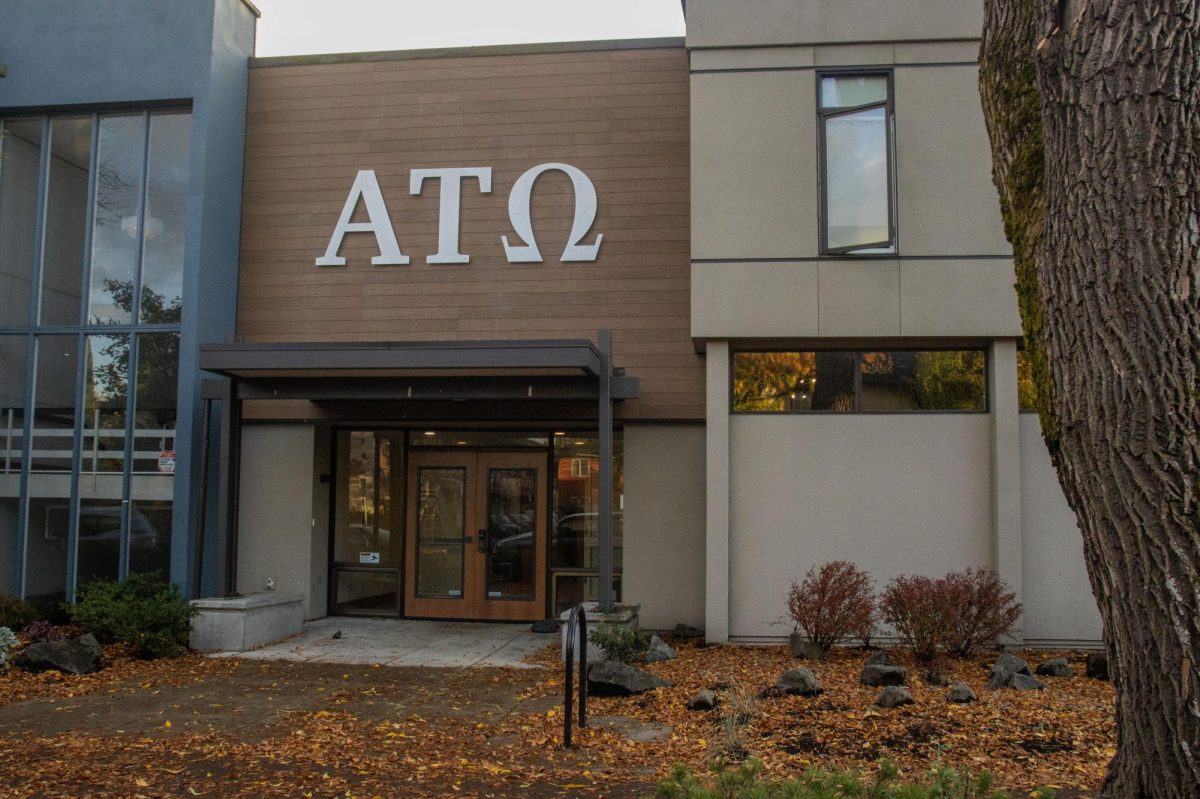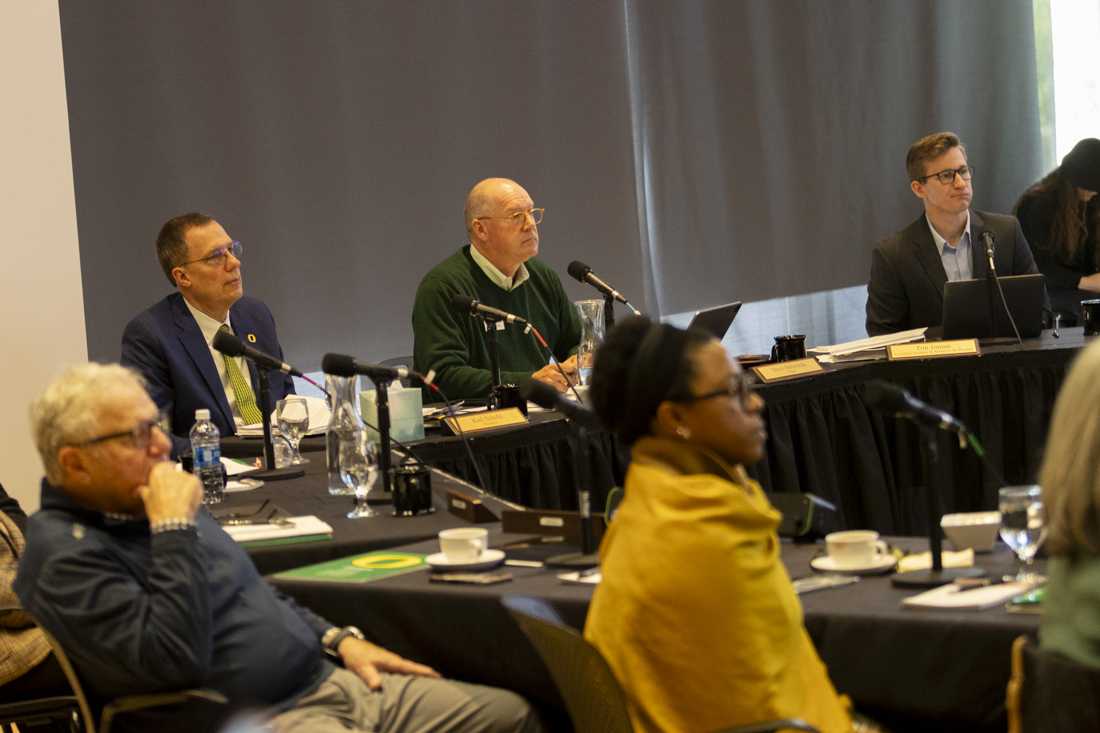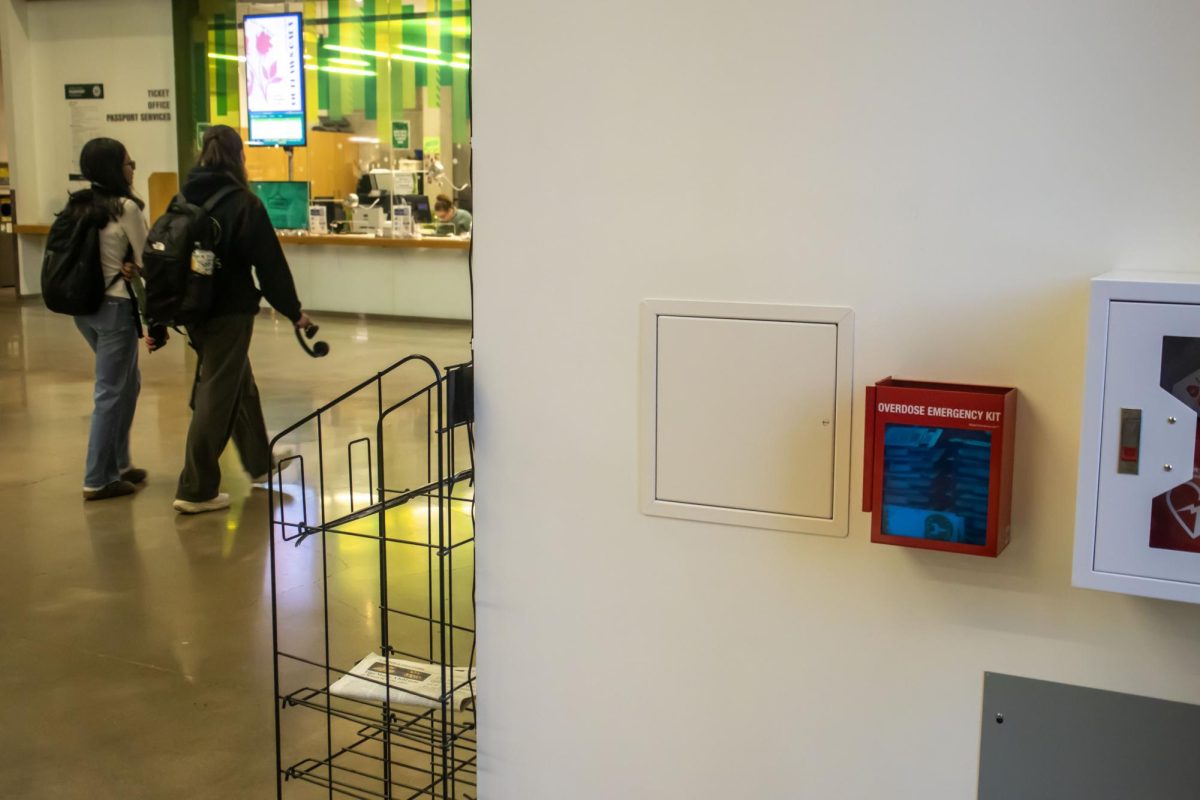The University of Oregon’s sources of money have affected each college’s budget and the future of undergraduate tuition within recent years.
The budget of each college and the factors affecting tuition are mostly based on the funding from the state of Oregon, the number of students admitted and grants.
But according to UO Associate Vice President for Budget, Financial Analysis and Data Analytics Brian Fox, the educational funding from the state is at an all-time low for UO, pushing the colleges to rely more on tuition to manage their costs and budgets.
“We are operating with higher student-to-staff ratios than our peers,” Fox said. “We have tended to end up running a little bit more lean than our peer institutions because we have just less overall resources.”
Colleges of Arts and Sciences Divisional Dean for Natural Sciences Hal Sadofsky said that tuition is about 80% of CAS’ revenue, so it’s important for UO officials to be responsive to where teaching needs are.
“The College of Arts and Sciences teaches about two-thirds of the student credit hours at the university,” Sadofsky said. “Which is why, in terms of the budget, it has to have faculty for the teaching staff, graduate students to help do that teaching and then administrative staff to help manage all of these things.”
CAS not only provides its own majors, but also serves part of the education of all undergraduate students due to most core-education requirement courses being in the CAS. This factor adds to CAS’s high budget.
“The tuition comes in centrally and the funds get distributed in our best attempt to help each college function,” Sadofsky said. “Given that we never have as much money as we want.”
Fox said that Oregon is No. 44 out of 50 states in the U.S. to receive education funding from the state.
The U.S. average of state funding for public universities throughout the 50 states sits at $9,596. Oregon is ranked No. 7 in terms of the lowest state, with $6,225 coming from the state to fund UO, according to the State Higher Education Executive Officers Association.
“We have about 10,000 [Oregon] residents and we get about $85 million a year,” Fox said. “That’s about $1,000 per student from the state and it is the lowest of the seven public [universities].”
There is a balance to manage between funding the staff, funding the faculty and making sure students’ tuition isn’t “over the top,” according to Fox.
“What I’d like to see, ideally, is a higher investment by the state so we can become a little bit less tuition-dependent,” Sadofsky said. “But I think we’re trying to keep enrollment just a little bit bigger than where we are now.”
According to Sadosfky, the revenue that comes from high enrollment levels are trying to make up for where the institution lacks financial resources from the state.
“I feel like we’re an institution where we’re operating on a pretty delicate balance,” Sadofksy said. “The amount of money that we get each year in revenue, we spend almost all of it on necessary things, so it’s not like there’s a lot of luxury we can reduce.”
Sadofsky feels that UO should have a better balance of funding toward student internship experiences and faculty research initiatives. Grants to UO, Sadofsky said, do contribute to student experiences and research, but usually have specific focuses and purposes that do not benefit the majority of students.
Gift money falls in that category of funding that is specified for certain purposes, too.
“Gift money is really variable, but the overall thing to remember is that, too, usually comes from a donor who says ‘I’m giving you money to do this,’” Sadofsky said. “It’s very hard to get money to just do the basic running of the university.”
Some examples of these gifts include the $425 million gift for UO’s Ballmer Institute and the $500 million gift for UO Portland’s Knight Campus.
According to Sadofsky, scholarship money does contribute to the running of the university through different programs.
“If a student has a scholarship that’s funded by a donor, some of that comes to UO as tuition and helps run the university,” Sadofsky said. “A really big example of this is Pathway Oregon.”
Pathway Oregon supports Pell-eligible students and gives them financial support for their time at UO, according to Sadofsky.
“Essentially, none of the gift money ends up being distributed to the colleges because it all comes for certain things,” Sadofsky said. “Scholarships, building projects of some kind and faculty support are ways the university can raise money for itself.”
State funding to UO is at an “all-time low”
February 27, 2024
0
More to Discover
About the Contributor

Jasmine Saboorian, Campus News Editor
Jasmine Saboorian is a fourth-year student majoring in journalism and minoring in sports business at the University of Oregon. This is Jasmine’s third year with the Emerald and she is the Campus News Editor. She also works with Duck TV as a Sports and News Broadcaster and with Quack Video through the Athletic Department as a Broadcast/Production Intern. Jasmine has been pursuing journalism since she was in high school and hopes to one day be a television reporter to spread awareness around the world.





